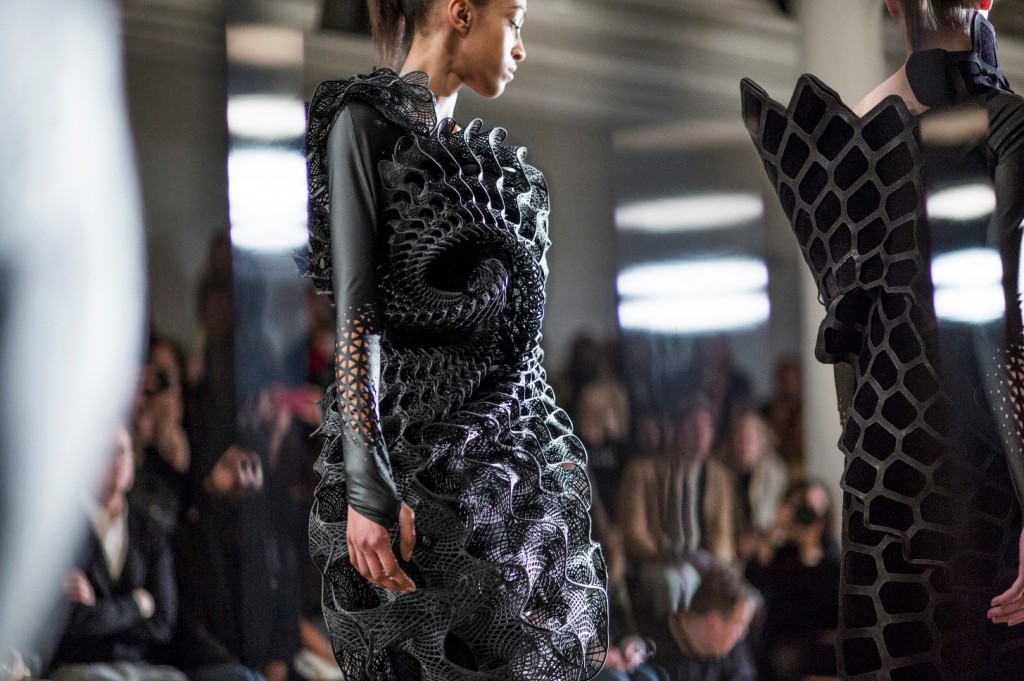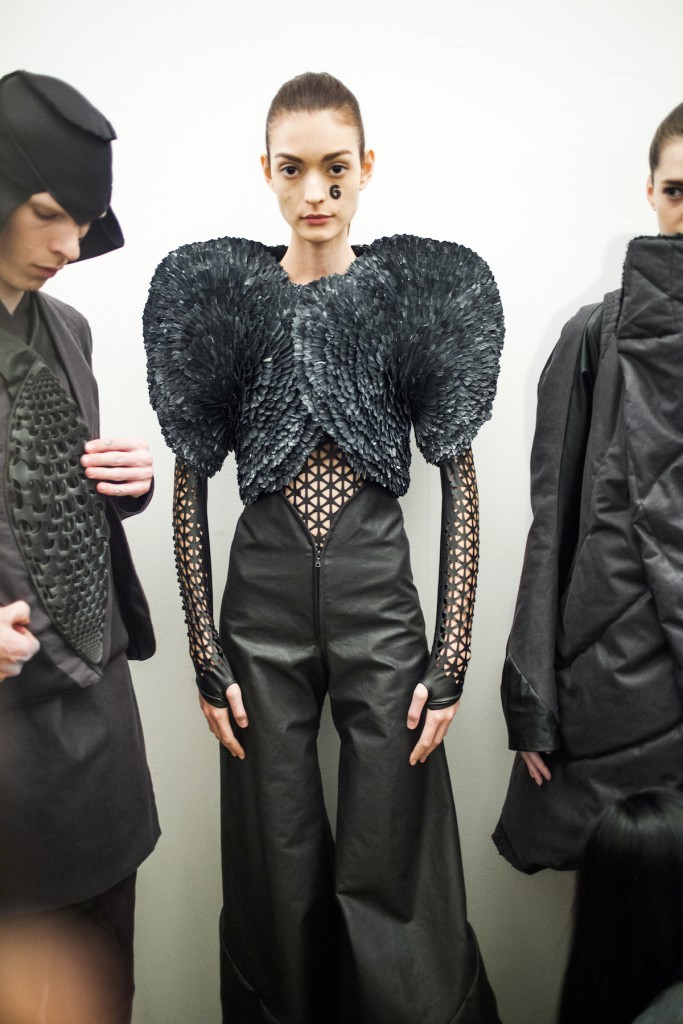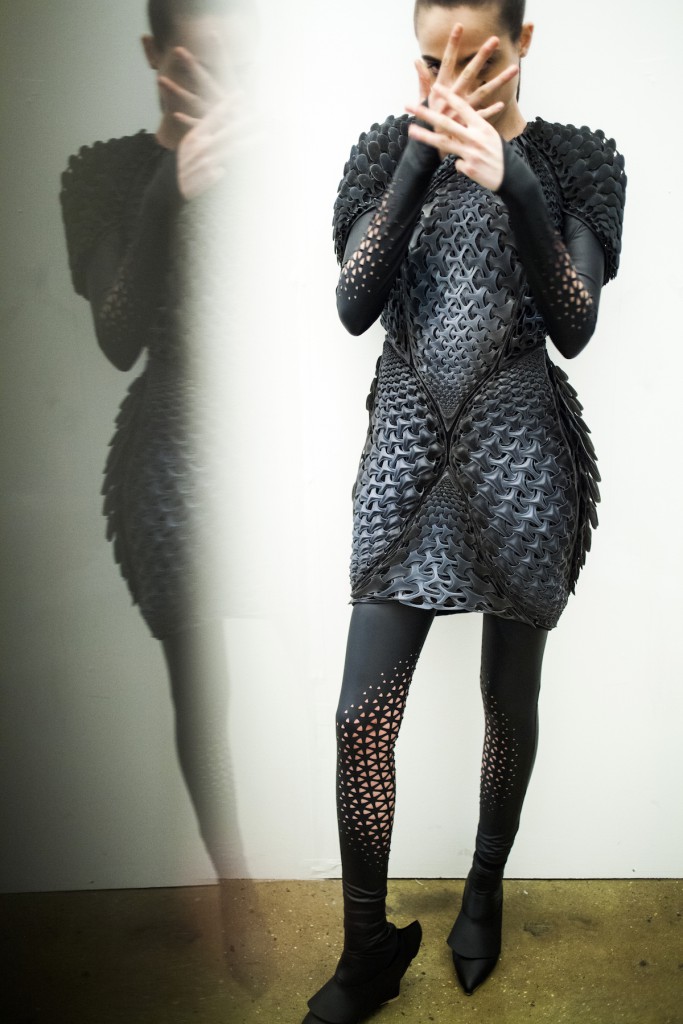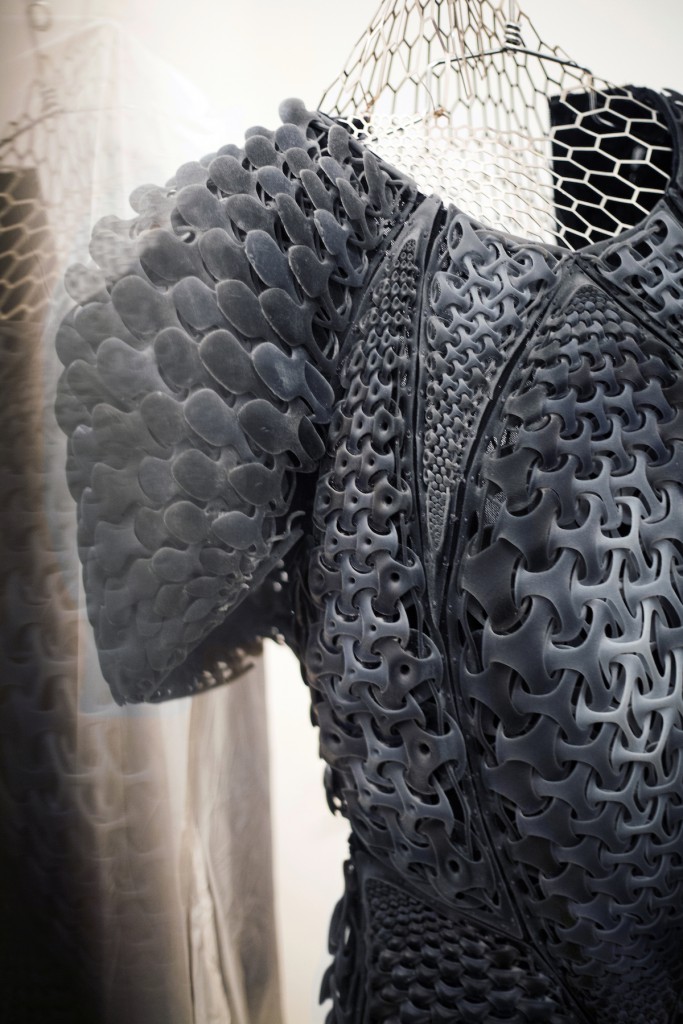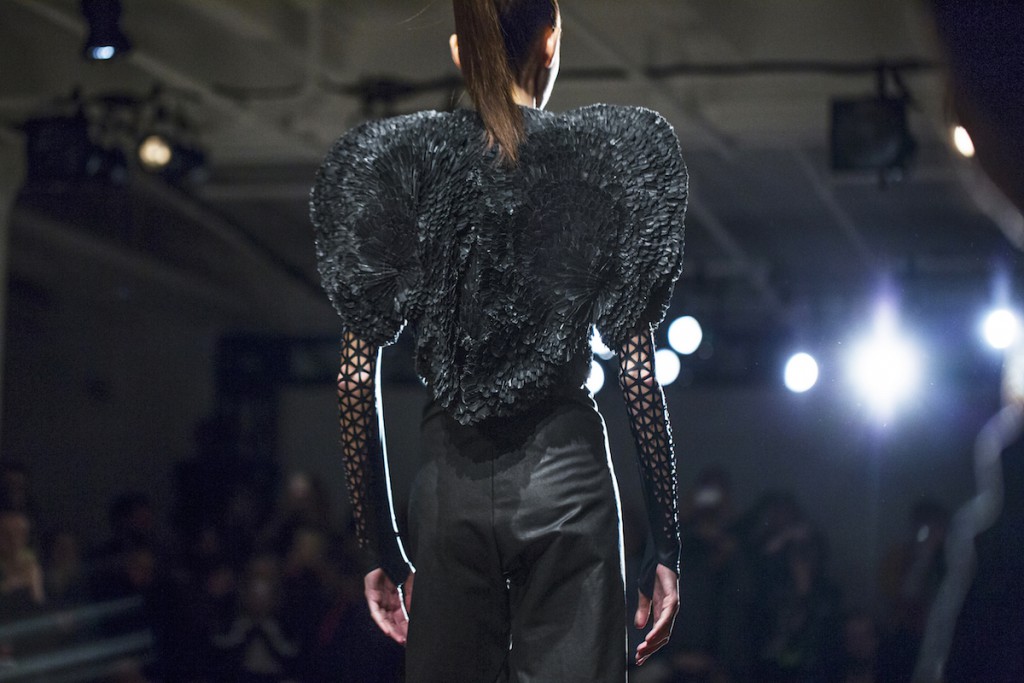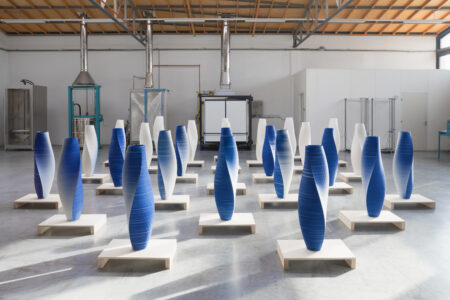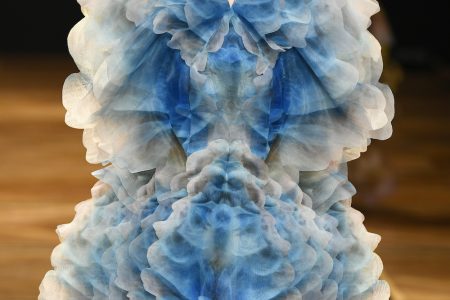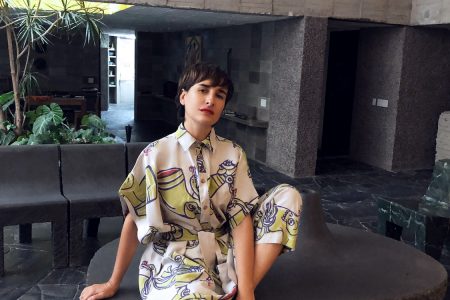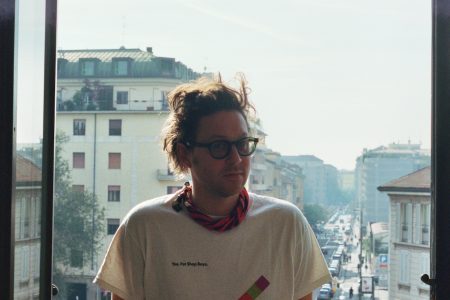threeASFOUR: A Meeting of Cultures
For over a decade, threeASFOUR has brought a refreshing touch of avant-gardism to fashion. Using technological innovation and unexpected collaborations, the collective represents one face of New York.
Founded by Gabi Asfour, a Lebanese-born son of Palestinians; Adi Gil, an Israeli Jew; and Angela Donhauser, born in Tajikistan and raised in Germany, the collective is an example of a kind of cultural mixing unique to fashion. But beyond their Babel-like collection of languages and origins, the members of threeASFOUR come together in an artists’ collective that mixes cutting-edge technology with traditional craftsmanship to create clothes at the crossroads of fashion, sculpture and even mysticism, all while trying to promote encounters between different kinds of expertise. That is how they collaborated with Travis Fitch and Stratasys to created 3-D-printed dresses and have already created a collection with Yoko Ono; Björk follows them closely, and they have shown their work at museums, notably Studio Christian Wassmann in New York.
In the midst of the polemic around the possible closing-off of the United States due to recent political changes, threeASFOUR responded to TLmag’s questions.
TLmag: Your work is often included in exhibitions at museums and art galleries, moving beyond even fashion-oriented institutions. How do you view this curatorial interest in fashion?
threeASFOUR: We are excited about this new time of fashion being recognised as art. This wasn’t the case a decade ago, and it has opened up new opportunities for our work at threeASFOUR. Being exhibited in several museums and galleries has brought us exposure and sparked dialogue with a creative audience across the board, opening up our conversation beyond the fashion realm. When it comes to multimedia shows and exhibitions, it makes sense to us that whomever we collaborate with—in architecture, sound, video, 3-D modeling, etc.—also be recognised for their input, bringing a new perspective to the table and attracting creative minds from different fields.
TLmag: With the Biomimicry collection and Oscillation dress, you’ve pushed the 3-D printing experience even further. How has the use of 3-D changed your designs?
threeASFOUR: It has expanded threeASFOUR’s usual 3-D weave/textile development approach to include new Stratasys materials, making it possible for soft, flexible surfaces to suddenly transform into hard surfaces and allowing for intricate 3-D color printing. Also, working with 3-D modeling and tiling geometry expert Travis Fitch pushed the geometry to become much more complex, dimensional and refined. Creating clothes in 3-D software opens up our familiar ways of construction to a new realm where so many more possibilities are easily accessible. Integration of the separate steps involved (choosing a textile, draping, pattern-making, sewing) reveals an exciting, unified approach to construction where you could jump around from end to beginning, skipping the middle, and so on.
What’s more, it allowed us to take 4-D virtual design back into a 3-D application, providing us with new intricate 2-D pattern cutting. That would be impossible to achieve without constructing in CAD-based virtual reality programs such as Rhino, Grasshopper, and Maya.
TLmag: threeASFOUR has been based in New York from the beginning. How does the city influence your work?
threeASFOUR: For threeASFOUR, New York City is the dream come true, where mankind exists and interacts regardless of color, country, culture, nationality, religion, class or political and social inclination. It is the place where we can be as we are and create as we like. Here, we feel fortunate to be surrounded by a community that is constantly recreating itself and growing—a multifaceted, creative hub of like-minded individuals.
TLmag: After Brexit last year, several figures in the fashion industry spoke out against the withdrawal of the United Kingdom from the European Union, a move that could make many foreign talents leave the country. In the United States, recent immigration measures have also provoked reactions in the fashion world. You each come from a different country. How do you see the current context and its possible impact on the fashion industry?
threeASFOUR: The three of us came to the U.S. and New York because it was the place in the world that most allows individuals to flourish without separating, segregating or stagnating when it comes to talent. Most of the fashion industry in the U.S. is made up of foreigners and immigrants. Even those in it who are American-born come from immigrant ancestors, so the implication of the current immigration laws will be devastating to the American fashion industry as a whole. The laws will greatly diminish its creative impact and commercial influence on the world.
Cover image: Elisabet Davids
